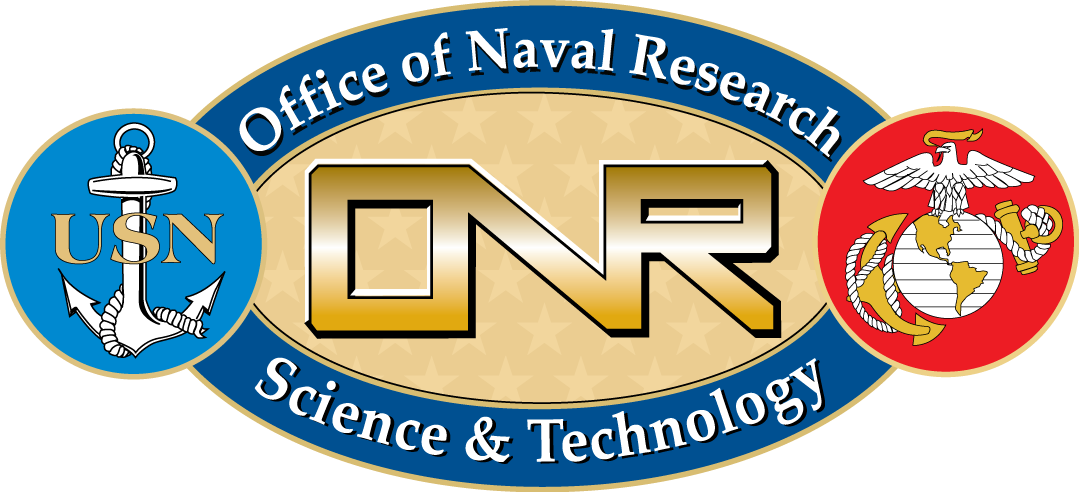



The Office of Naval Research Energetic Materials Program has awarded a grant to the Solid Mechanics Group for a project entitled “Mesoscale and continuum modeling of solid-phase propellant coupled to gas-phase to determine continuum burn rates in AP/HTPB.” The grant is for an anticipated total of $425,185 over three years, from February 2021 to January 2024.
This work proposes to simulate the combustion of ammonium perchlorate (AP) in an hydroxyl-terminated-polybutadiene (HTPB) binder in both the solid phase (SP) and the gas phase (GP). AP/HTPB is an energetic composite that is useful as a solid propellant. Despite its broad application, it has yet to be fully described using a SP/GP computational model. Modeling is especially important in energetic materials due to the safety risks and expense involved in performing experiments. It is also important in: understanding basic burn mechanisms; mitigating risks of catastrophic failure; and designing composites for optimal performance and safety. Prior work has focused predominantly on either the SP or GP, or on simplified models of solid/gas interaction. However, experiments show that the roles played by both phases are complex and interdependent. Regression is highly variable and can produce complex interfaces, which affects the flow field and the internal mechanical stresses. Hotspotting can also cause significant mechanical stresses. Damage can result in a sudden increase in surface area that can cause catastrophic failure. To capture all of these competing mechanisms, a new model is needed that is designed to robustly handle complex solid mechanics, gas mechanics, and solid-gas interaction.
In this project, the phase field (PF) method is used to model the SP. PF easily handles the topological changes resulting from interface regression without compromising the geometry of the interface. It is a diffuse interface method, where the order parameter is a spatially-defined reaction coordinate. It is readily coupled to linear elasticity as well as phase field fracture, allowing for simulation of rich solid mechanics behavior. In this project, the PF method will be implemented using a fitted chemical burn model. This will be coupled to models of thermal diffusion and linear elasticity, which will allow for thermoelastic modeling of hotspots. It will be coupled to a GP solver developed concurrently by Dr. Brian Bojko at NAWCWD China Lake. The GP and SP solvers will run interdependently, with SP providing mass flux/composition/geometry, and GP providing heat flux/pressure. The SP solver (Alamo) is developed using adaptive mesh refinement (AMR) provided though the AMReX library from Lawrence Berkeley National Lab. Because AMReX was originally developed for GP simulations, it is a natural choice for simulating the GP. Because both SP and GP solvers will be built using AMReX, both will use the same data structures and can operate on the same AMR mesh. This will greatly help to overcome many of the traditional challenges encountered by combined phase solvers. The solver will be applied to simulate AP/HTPB on both scales. On the mesoscale, simulations will be performed of a representative volume element (RVE) in which individual particles of AP will be resolved. These simulations will be performed for a range of various weight percentages, morphologies, and distributions. On the application scale, simulations will be performed on a full coupon. These simulations will not resolve individual particles, but will instead use effective properties determined from mesoscale simulations. This will allow the simulation of coupons with functional grading, heterogeneous distribution, and anisotropic properties. The benefit to the US Navy is a framework for simulating and designing safer, more effective, and more reliable energetic materials. It will provide new understanding of the mechanisms behind AP/HTPB burn on the mesoscale, and the ability to digitally design energetic coupons with tailored properties on the application scale. The simulation tool will be modular and extensible, able to simulate many types of energetic composites, and extendable to capture failure mechanisms such as fracture or acoustic resonance.
